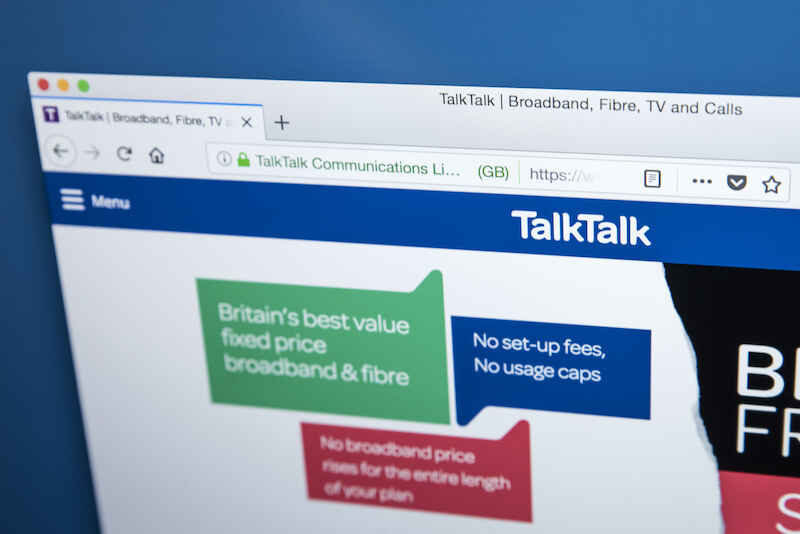Car insurance for young drivers

Share this guide:
Last updated: 09 September 2021
Finding the right insurance for young drivers
Unfortunately, car insurance for young drivers costs much more than insurance for everyone else. Drivers between the ages of 18 and 24 are statistically the riskiest drivers, and the ones most likely to make an insurance claim, therefore they tend to pay more on average than other drivers.
Insuring yourself on the road might be expensive but it is a legal requirement. Here are the main types of car insurance policy to consider as a young driver:
- Third-party – this is the minimum cover you are legally required to have as a driver. It covers you in the event you injure someone else or damage someone else's property.
- Third-party, fire and theft – this type of insurance has the same benefits as Third Party, and means you're also protected if your vehicle is stolen or suffers fire damage.
- Fully comprehensive – this policy gives you the greatest level of cover, and so is often the most expensive. As well as third-party, fire and theft, comprehensive cover will also protect you against any other form of damage to your vehicle as well as injury to yourself and/or your passengers.
- Black box/telematics – certain insurance providers will have the option to join a telematics policy. Your provider will fit a device to your car that monitors your driving. Proving that your a safe driver can help to reduce the cost of your insurance.
- Learner driver – if you have yet to pass your test there are learner driver policies you can take out whilst you learn. These are significantly cheaper, but you must switch to one of the main types once you've passed your test.
Finding the right insurance policy will also depend on the car you drive and your driving habits. Choosing the right type of cover is important, as you don't want to over insure yourself and end up paying more than necessary. Make sure you spend plenty of time comparing car insurance companies to get the best deal for you and use our comparison tool to help.
What are the cheapest cars to insure?
As a young motorist, the car you drive will greatly impact on the cost of your insurance because companies rank cars according to their insurance risk. To keep the cost down, you should think about the four following aspects when choosing your vehicle:
- Security – the more secure the car is against theft, the cheaper it will be to insure.
- Performance – cars with higher top speeds and more powerful acceleration are likely to be in the higher insurance groups.
- Parts – depending on the make and model of the car, there will be different costs for its parts if you need to fix it. Cars with parts that are more expensive or harder to find will probably be more expensive to insure as your insurance company will have to pay for the cost of those parts in the event you need them replaced.
- Car cost – as a general rule; the more expensive your car, the more your insurance premiums will be.
In February 2020 it was reported that the top 5 cars for young drivers to own were Peugeot 107, Citroen C1, Toyota Aygo, Ford Ka and Fiat 500. The average insurance cost for a 17-24 year old on these cars was between £1114 – 1281, and £659 – £784 for 17-year-olds.
How can I reduce the cost of my car insurance?
There are ways to reduce the cost of your car insurance, even as a young driver. Here are a few tips that may help you find cheaper car insurance:
- Car choice – as mentioned above, your car choice will have a huge effect on the cost of your insurance premium. Make sure you choose a car that is in a lower insurance group band to avoid paying a high premium.
- Security – the more securely you keep your car, the less your insurance policy is likely to cost. For example, if you keep your car in a locked, private garage then it's safer than if it were kept on a public road.
- Black box – as mentioned above, telematics insurance policies provide fairer prices for young drivers by monitoring how you drive through a device fitted to your vehicle.
- Named driver – by adding a more experienced driver - such as a parent - to your policy, you may be able to reduce the cost. However, make sure you are honest about who the main driver of the vehicle is. If you lie your policy will be invalidated when you go to make a claim.
- Advanced learning – you can improve your driving skills after you pass your driving test by paying for specialised driving courses, such as the government's Pass Plus scheme. Insurers may deem you less of a risk and thus offer you cheaper insurance.
- Voluntary excess – when you claim on insurance, the first part of the claim (the “excess”) is paid by you. While the compulsory excess is set by the insurer, increasing your voluntary excess can result in cheaper premiums.
- Mileage – when choosing an insurance policy, you will be asked by the provider to state how many miles you expect to drive per year. Giving them an accurate estimate avoids the possibility of over-insuring yourself, which would incur more cost than necessary.
- Clean licence – if you pick up any penalty points the cost of your insurance will increase. Make sure you drive responsibly.
- Pay upfront – by paying your annual insurance upfront rather than in monthly instalments you can reduce the total amount you pay.
- Compare – use our helpful comparison tools to compare car insurance providers and find the best deal for you. Taking the extra time to compare could save you hundreds of pounds.
We are an independent and impartial price comparison website.
Our services are 100% free to use.
usave.co.uk is supported by its users. When you make a purchase through links on our site, we may earn an affiliate commission.
Read on our blog

With the government poised to implement tough new measures to...

Budget broadband provider TalkTalk has been notifying customers via email...

A year-long investigation by charity Citizens Advice has revealed a...

Education Secretary Nadhim Zahawi has announced a new commitment to...
